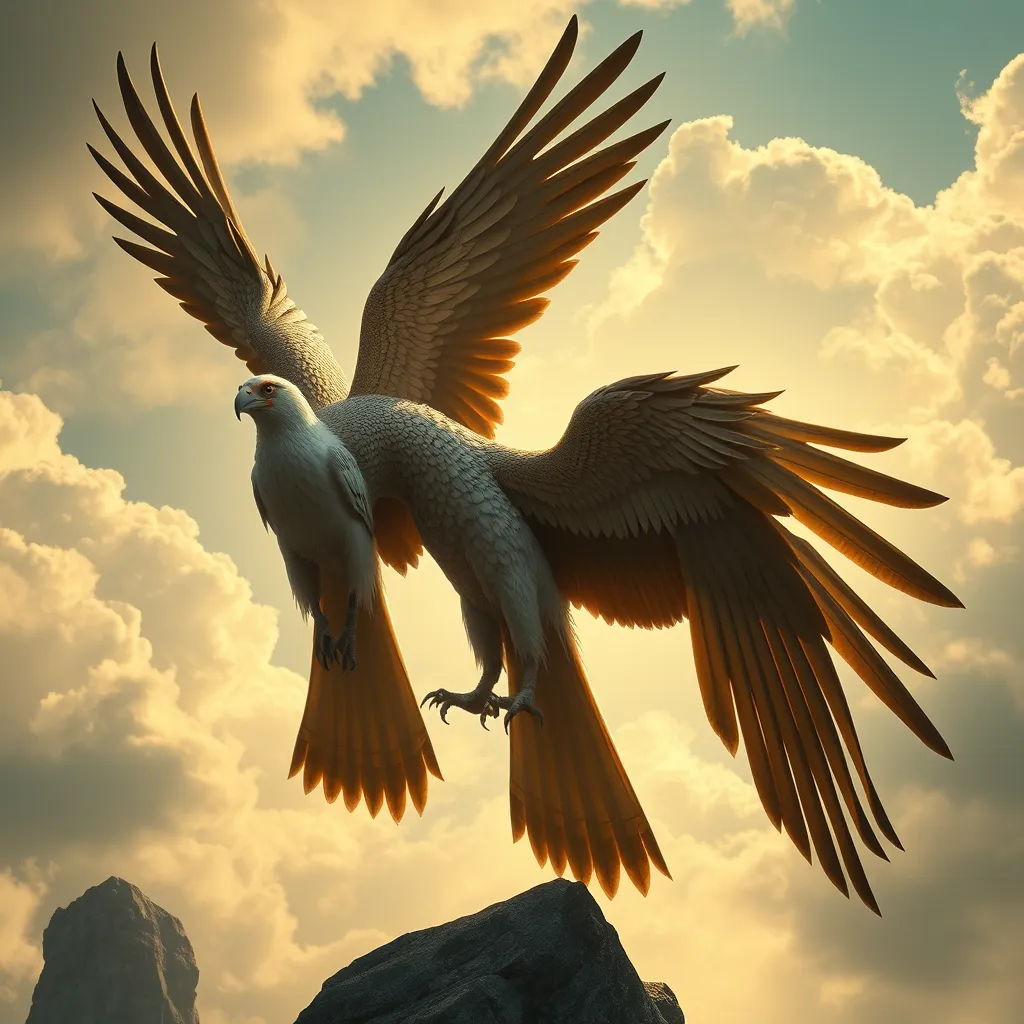The Naga in Games: Serpent Creatures in Video Games and Board Games
I. Introduction
The Naga, a mythical serpent-like creature, holds significant cultural importance in various traditions, particularly in South and Southeast Asian folklore. Often depicted as a hybrid of a human and a snake, the Naga symbolizes both protection and danger, embodying the duality of nature. In many cultures, Nagas are considered guardians of water bodies and treasures, portraying a complex relationship with humanity.
This article explores the representation of Naga in both video games and board games, examining their characteristics, roles, and the cultural significance they carry within these mediums. Understanding how mythological creatures like the Naga are adapted and portrayed in gaming can provide insights into the broader intersection of culture and entertainment.
As gaming continues to evolve, examining these representations becomes increasingly important, highlighting the ways in which ancient myths are reinterpreted for modern audiences.
II. Historical Roots of Naga
The origins of the Naga can be traced back to ancient mythologies, with the earliest references found in Hindu, Buddhist, and Jain texts. In these stories, Nagas are often depicted as powerful beings with the ability to control water and weather, serving both as protectors and adversaries.
Cultural representations of Naga vary significantly across regions:
- South Asia: In Hindu mythology, Nagas are revered as divine beings and are associated with deities like Vishnu and Shiva. They are often depicted as protectors of sacred spaces.
- Southeast Asia: In Buddhist traditions, Nagas can be both benevolent and malevolent. They are commonly featured in legends surrounding the Buddha, often portrayed as protectors of his teachings.
Over time, the Naga has evolved in popular culture, becoming a versatile symbol in literature, art, and entertainment, paving the way for their appearance in modern games.
III. Naga in Video Games
Video games have embraced the Naga in various forms, creating memorable characters and intriguing narratives. Some iconic video games that feature Naga characters include:
- Role-playing games (RPGs): Titles such as “Dungeons & Dragons” and “Final Fantasy” showcase Naga as formidable foes or allies, integrating their mythological traits into gameplay.
- Multiplayer online battle arena (MOBA) games: Games like “Dota 2” feature Naga Siren, a character with abilities reflecting the traditional powers of the Naga, such as charm and illusion.
The characteristics and abilities of Naga in games often include:
- Serpent-like appearance, emphasizing agility and grace.
- Water-based powers, such as healing or controlling water elements.
- Combat skills, often incorporating enchantments or illusions.
Naga play significant roles in game narratives, often tied to themes of duality, transformation, and the balance between good and evil. Their presence enriches the lore of the games, providing players with a deeper understanding of the game world.
IV. Naga in Board Games
Board games also feature Naga, often incorporating them into gameplay mechanics and thematic storytelling. Some notable board games that include Naga are:
- “Naga”: A strategic game where players embody Naga and compete for control over water resources.
- “Tales of the Arabian Nights”: Naga appear as mystical creatures that players encounter during their adventures, influencing their journeys.
Gameplay mechanics involving Naga characters may include:
- Resource management, where players harness water and other elemental powers.
- Strategic movement on the board, reflecting the agile nature of Naga.
- Story-driven quests that revolve around Naga mythology.
Thematic significance of Naga in board game storytelling often revolves around themes of conflict, wisdom, and the natural order, allowing players to engage with the mythological aspects in a tangible way.
V. Artistic Representations of Naga
The visual design and aesthetics of Naga in games draw heavily from traditional art forms. The intricate designs often reflect the serpent’s dual nature, showcasing both beauty and danger. Key influences include:
- Traditional Asian art, which often portrays Nagas with elaborate patterns and vibrant colors.
- Folklore-inspired designs that highlight the mystical elements associated with Naga legends.
Analysis of how Naga are portrayed in games can reveal a spectrum of representations:
- Hero: Naga as protectors or allies, aiding players in their quests.
- Villain: Naga as formidable adversaries, challenging players to overcome their powers.
- Neutral: Naga that embody the balance of nature, neither entirely good nor evil.
VI. Player Engagement with Naga Characters
Naga characters have garnered popularity, with players often expressing fascination with their rich lore and unique abilities. Community discussions surrounding Naga include:
- Fan theories about their origins and roles within the game universe.
- Creative interpretations in fan art and fan fiction.
The impact of Naga on player strategy and gameplay experience is notable, as players often adapt their playstyles to leverage the unique abilities of Naga characters, enhancing strategic depth and engagement.
VII. Cultural Sensitivity and Representation
Respectful representation of mythological creatures is crucial in gaming, as it reflects broader cultural attitudes and the understanding of diverse traditions. Case studies of games that handle Naga representation well include:
- Games that incorporate authentic cultural elements and collaborate with cultural consultants.
- Titles that offer nuanced portrayals that respect the complexity of Naga mythology.
Conversely, some games have faced criticism for their portrayal of Naga, particularly when they rely on stereotypes or reduce complex mythologies to simplistic tropes. Such misrepresentations can perpetuate misunderstandings and reinforce negative cultural narratives.
VIII. Conclusion
In summary, the Naga offers a rich tapestry of cultural significance that has been integrated into gaming across various genres. Their portrayal in video games and board games reflects a blend of tradition and modernity, allowing players to engage with ancient myths in new and exciting ways.
The ongoing evolution of Naga in gaming culture suggests that they will continue to inspire game developers and players alike, opening the door for innovative interpretations of mythological creatures.
As the gaming landscape continues to expand, the future prospects for Naga and similar mythological creatures promise to enrich the gaming experience, inviting both players and creators to explore the depths of cultural mythology.



